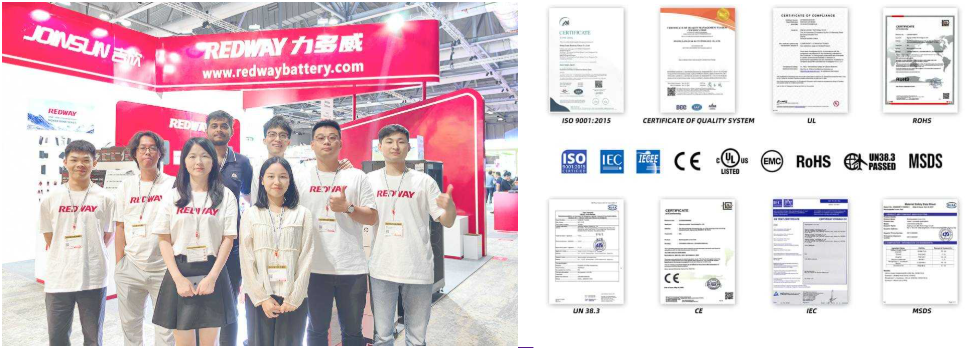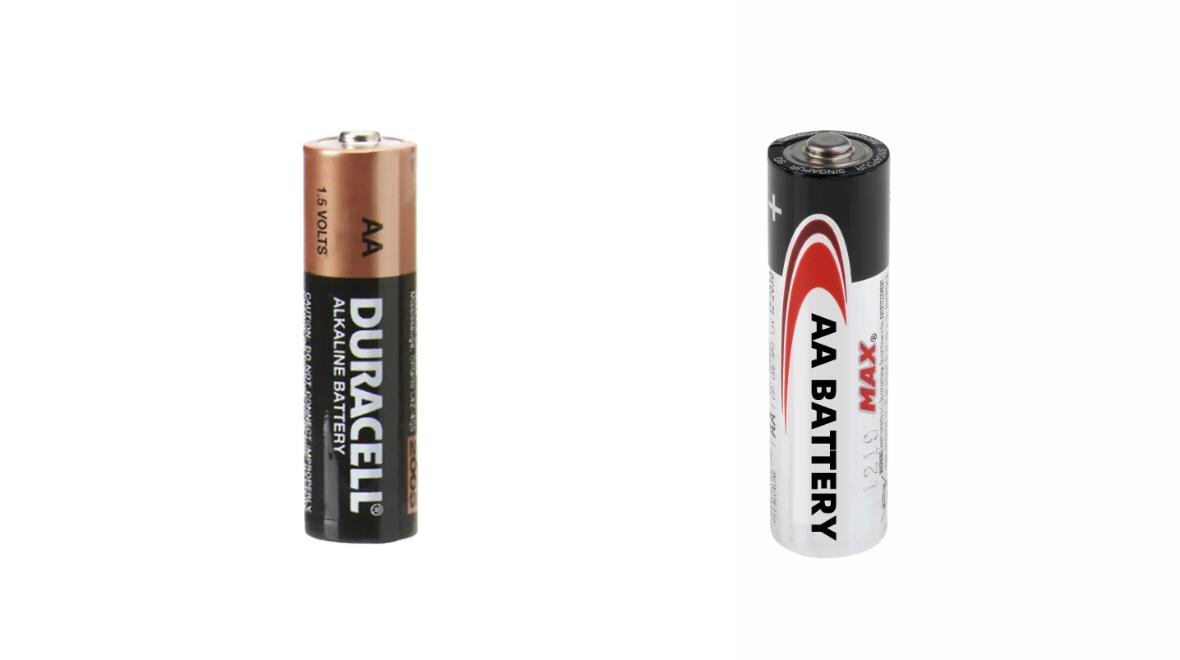1.2V rechargeable AA batteries, typically made from nickel-metal hydride (NiMH) or nickel-cadmium (NiCd), are designed to provide a lower voltage than traditional alkaline batteries (which provide about 1.5 volts). These batteries are known for their ability to be recharged multiple times, making them an eco-friendly choice.
Chart: Characteristics of 1.2V Rechargeable AA Batteries
| Feature | Description |
|---|---|
| Voltage | Nominally rated at 1.2 volts |
| Chemistry | Commonly NiMH or NiCd |
| Capacity | Typically ranges from 1800mAh to 2500mAh |
| Cycle Life | Can be recharged up to 1000 times |
What Are 1.5V Rechargeable AA Batteries and Their Characteristics?
1.5V rechargeable AA batteries, primarily lithium-ion or alkaline rechargeable types, offer a higher voltage output compared to their 1.2V counterparts. They are often used in devices that require higher initial power output.
Wholesale lithium golf cart batteries with 10-year life? Check here.
Chart: Characteristics of 1.5V Rechargeable AA Batteries
| Feature | Description |
|---|---|
| Voltage | Nominally rated at 1.5 volts |
| Chemistry | Commonly lithium-ion or advanced alkaline |
| Capacity | Generally ranges from 2000mAh to 3000mAh |
| Cycle Life | Varies by type; lithium-ion can exceed 500 cycles |
How Do 1.2V and 1.5V Batteries Compare in Performance?
While both battery types serve similar purposes, their performance can vary significantly based on application requirements:
Want OEM lithium forklift batteries at wholesale prices? Check here.
- Voltage Stability: The 1.5V batteries provide a higher voltage output initially, which can be beneficial for high-drain devices.
- Discharge Rate: The discharge rate may differ; 1.2V batteries tend to maintain their voltage longer under load.
Chart: Performance Comparison of Battery Types
| Aspect | 1.2V Rechargeable | 1.5V Rechargeable |
|---|---|---|
| Initial Voltage | Lower but stable | Higher but drops quicker |
| Best Use | Moderate drain devices | High drain devices |
| Recharging Efficiency | Generally high | Varies by chemistry |
Which Battery Is Better for Your Devices: 1.2V or 1.5V?
The choice between 1.2V and 1.5V rechargeable AA batteries largely depends on your device’s requirements:
- For devices with consistent power needs like remote controls or flashlights, 1.2V batteries may suffice.
- For high-drain devices like digital cameras or gaming controllers, opt for 1.5V batteries.
Can Using the Wrong Voltage Battery Damage My Device?
Yes, using a battery with an incorrect voltage rating can potentially damage your device by causing overheating, malfunctioning components, or even permanent failure due to excessive power input.
How Do Different Battery Chemistries Affect Performance?
Different battery chemistries affect not only voltage but also capacity, discharge rates, and overall longevity:
- NiMH batteries (typically 1.2 volts) have a lower self-discharge rate than NiCd but may not perform as well under heavy loads compared to some lithium-ion options.
- Lithium-ion (**typically 3 volts) offers excellent discharge rates but requires specific chargers.
Are There Specific Applications Better Suited for Each Voltage?
Certain applications are better suited for either voltage type:
- Use 1.2V rechargeable batteries in low-drain devices like clocks or remote controls.
- Opt for 1.5V rechargeable batteries in high-drain applications like cameras or portable gaming consoles.
Conclusion
In conclusion, understanding the differences between 1.2V vs 1.5V rechargeable AA batteries is essential for selecting the right power source for your devices’ needs and ensuring optimal performance while considering environmental impact.
FAQ Section
- What is the main difference between 1.2V and 1.5V rechargeable batteries?
The main difference lies in their voltage output; 1.5 volts provides higher initial power compared to 1.2 volts, which maintains stability over time. - Can I use a 1.2V battery in a device that requires a 1.5V battery?
Using a 1.2 volt battery in a device designed for a 1.5 volt battery may lead to insufficient power supply, potentially causing malfunction. - Which type of battery is more environmentally friendly?
Rechargeable batteries, whether they are 1.2 volts or 1.5 volts, are generally more environmentally friendly than single-use alkaline batteries due to reduced waste.
Expert Views
“Choosing between 1 .2 volt and 1 .5 volt rechargeable AA batteries depends heavily on your device’s specifications,” states an expert from Redway, “Understanding these differences can lead to better performance and longer-lasting power solutions.”
News
1. 2025 Breakthrough in 1.2V Rechargeable AA Battery Efficiency
In 2025, a new technology has been developed that significantly improves the efficiency and longevity of 1.2V rechargeable AA batteries, making them more competitive against 1.5V disposable options. The enhanced charging cycles and improved power retention offer consumers a more sustainable and cost-effective alternative.
2. Rise of Hybrid 1.2V vs 1.5V Rechargeable AA Batteries for Household Devices
A new hybrid battery type was introduced in 2025, bridging the gap between 1.2V rechargeable AA and 1.5V disposable batteries. These hybrid models provide the convenience of rechargeability while maintaining the higher voltage and performance typical of standard 1.5V cells, making them an attractive choice for a wide range of household electronics.
3. Global Shift to Eco-Friendly 1.2V Rechargeable AA Batteries in Consumer Electronics
In 2025, manufacturers have begun transitioning to eco-friendly materials for 1.2V rechargeable AA batteries. This move is driven by the rising demand for sustainable energy storage solutions in consumer electronics, aiming to reduce the environmental impact of disposable 1.5V batteries and promote more reusable, recyclable alternatives.






